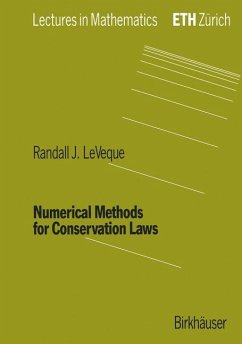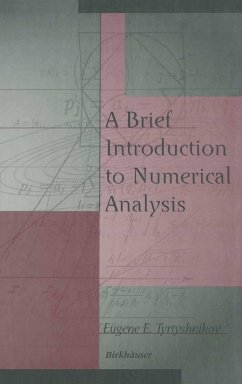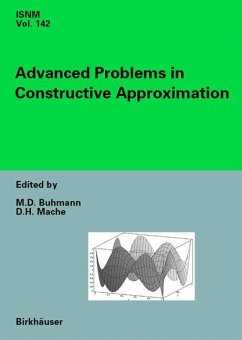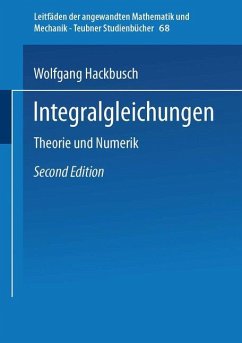These notes were developed for a graduate-level course on the theory and numerical solution of nonlinear hyperbolic systems of conservation laws. Part I deals with the basic mathematical theory of the equations: the notion of weak solutions, entropy conditions, and a detailed description of the wave structure of solutions to the Riemann problem. The emphasis is on tools and techniques that are indispensable in developing good numerical methods for discontinuous solutions. Part II is devoted to the development of high resolution shock-capturing methods, including the theory of total variation diminishing (TVD) methods and the use of limiter functions. The book is intended for a wide audience, and will be of use both to numerical analysts and to computational researchers in a variety of applications.
Hinweis: Dieser Artikel kann nur an eine deutsche Lieferadresse ausgeliefert werden.
Hinweis: Dieser Artikel kann nur an eine deutsche Lieferadresse ausgeliefert werden.
"The computing community needs a good text on modern methods for conservation laws, and these notes provide an excellent start on that text. Equally important, LeVeque's perspective and writing style make for wonderful reading and learning. (How often do we find important content and good writing in one book?)" SIAM Review "The book by Randall LeVeque is among the first that makes the material in this area accessible to first and second year graduate students in the mathematical sciences. It should be an excellent introduction to this topic for any researcher in the mathematical sciences This book is based on [the] lecture notes of the author and should serve well as a text for a graduate course There are many interesting exercises that serve to illuminate and expand on the text, and there are also many well-drawn figures." Bulletin of the AMS








